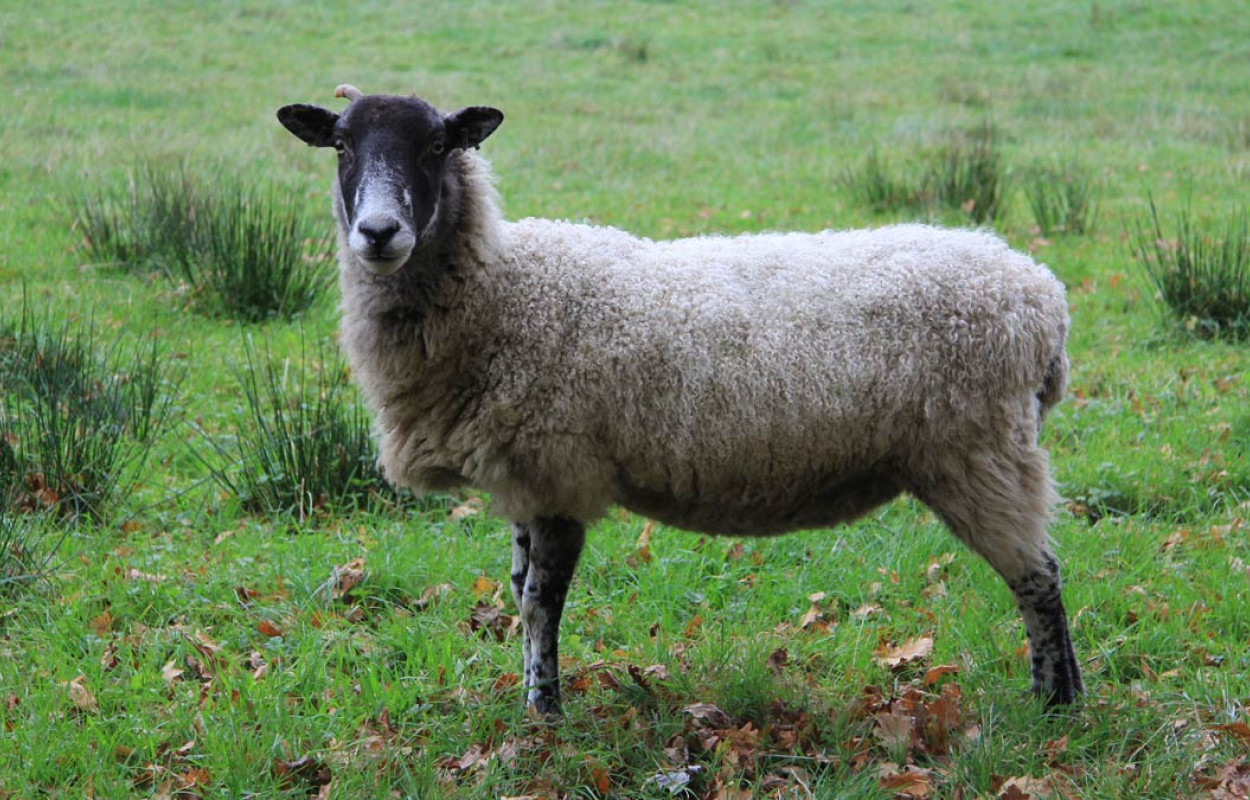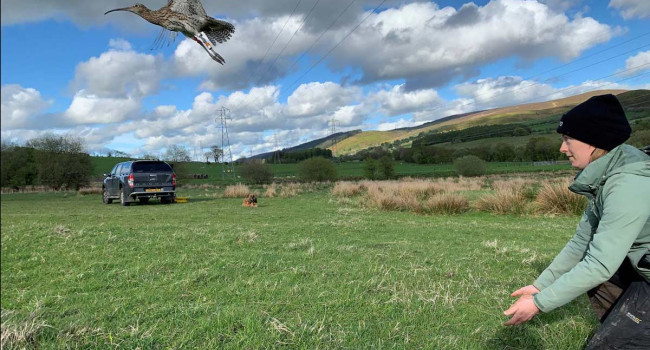Rapid adaptive modelling for policy support towards achieving Sustainable Development Goals: Brexit and the livestock sector in Wales

Author(s): Thomas, A., Cosby, B.J., Gooday, R., Lyons, H., Siriwardena, G., Kettel, E., Matthews, D., Beauchamp, K., Petr, M. & Emmet, B.A.
Published: August 2021
Publisher: Elsevier Pages: 11pp
Journal: Environmental Science & Policy Volume: 125
Digital Identifier No. (DOI): 10.1016/j.envsci.2021.08.009
Abstract
Sustainable use of land is central to achieving the United Nations Sustainable Development Goals (SDG). However, implementation of policy targeting SDG delivery can be driven off track by external factors. There is a pressing need for rapid, adaptable modelling approaches to support policy development against a background of dynamic changes in environmental and political conditions. An example is the imminent departure of the UK from the EU (Brexit), which requires responsive inputs of robust evidence to inform decision making. We combine existing agri-economic modelling with well-tested environmental models, driven by farm survey and landscape data in an adaptive, participatory approach to assess potential agricultural sector responses to Brexit. We explore potential Brexit impacts on land use, environmental outcomes and agricultural jobs in Wales, UK, where agriculture is dominated by animal production on grassland systems. Three potential post-Brexit trade agreements scenarios are considered: EU Deal; No Deal; and Multilateral Free Trade Agreements. For each scenario potential changes in animal numbers in livestock systems in Wales are converted to predicted land use change at field and farm scale and combined with national data sources and models to explore consequences for the environment and jobs. Potential changes in grazing animal numbers range between − 30% (sheep for No Deal and MFTA) and + 53% (No Deal dairy), affecting 3% (EU Deal) to 17% (No Deal) of agricultural land and creating potential losses of 700 (EU Deal) to 7000 (MFTA) full time jobs. Environmental outcomes are mixed, with reductions in greenhouse gas emissions (− 1% EU deal to − 16% MFTA) and variable impacts on pollutant loads to water (N ranges + 3% for No Deal to − 14% for MFTA) across all scenarios. Air pollution is most scenario dependent (+ 11% No Deal to − 12% MFTA), and biodiversity showed a mixed response to each scenario. The findings of this study support Welsh government in developing programmes to manage the Brexit transition proactively, mitigating risks to the environment, rural communities and agricultural sector.
Notes
This research was supported by the Environment and Rural Affairs Monitoring & Modelling Programme (ERAMMP)(Welsh Government Contract C210/2016/2017), by the UK Centre for Ecology & Hydrology (Projects: 06297&06810 ref. ERAMMP-80) and by national-capability funding provided by UKRI/NERC (UKCEH ref: 07067). We thank the Welsh Government and the ERAMMP team for their contributions. In particular, we acknowledge and thank Welsh Government specialists for their support and contribution to this paper: James Skates, Ann Humble & Ken Stebbings.Staff Author(s)







Share this page